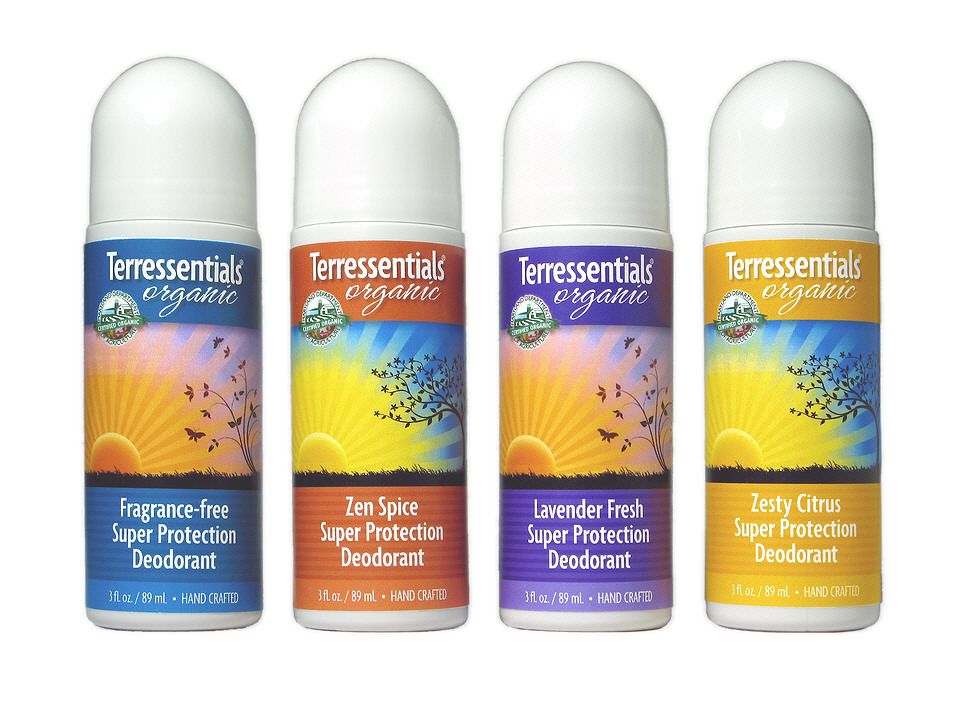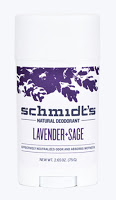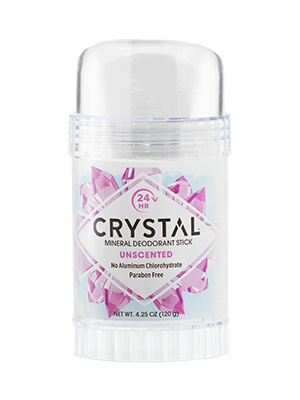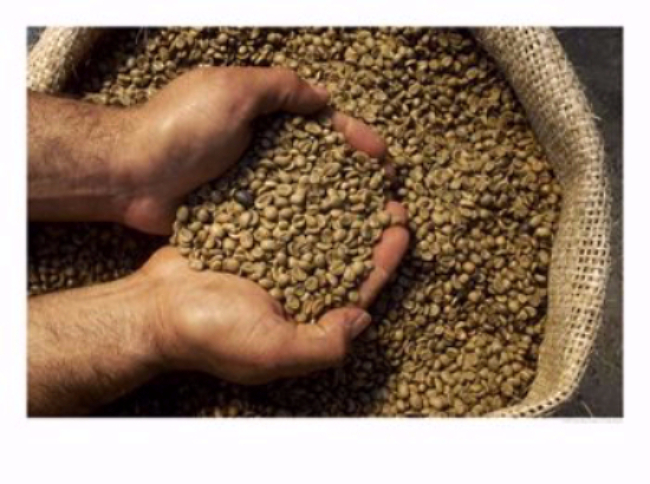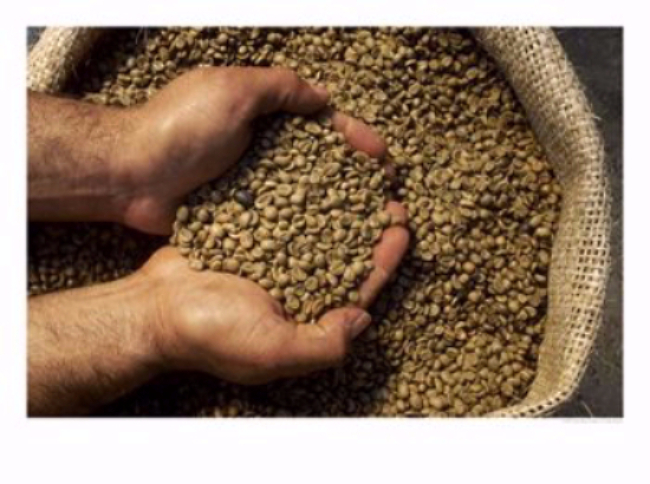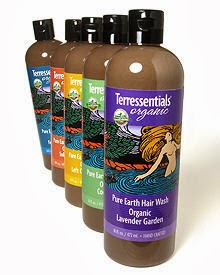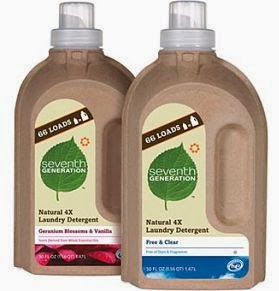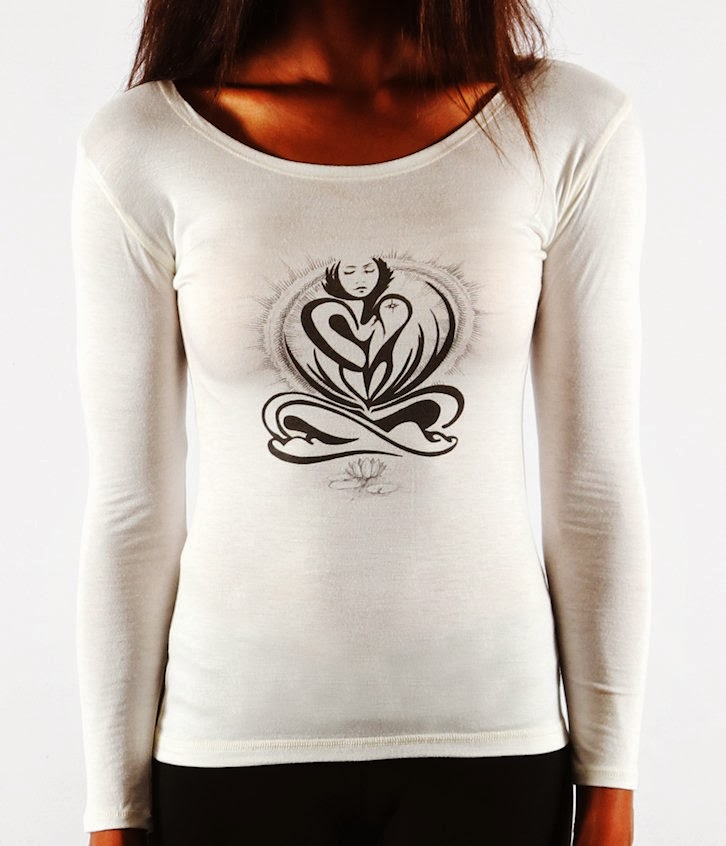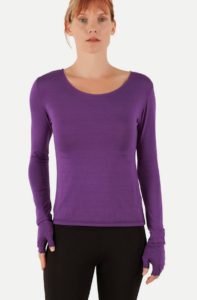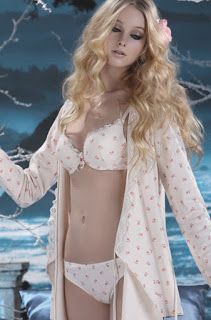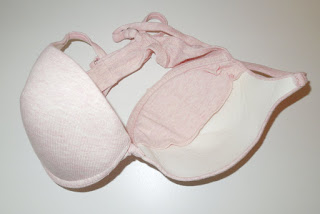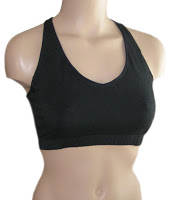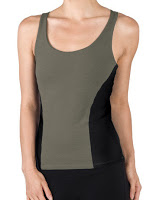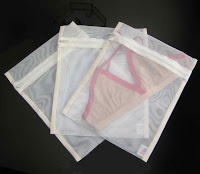When I first started to look for more sustainable options in body care, I wandered down the aisles of several natural foods stores, and was surprised to find a number of brands touted as “natural” or “organic” that still had some pretty nasty ingredients in them. There are several good resources online to help guide you on what to look for to keep toxins out of our water supplies and off our body. Treehugger.com has a well-rounded list. Terressentials has a comprehensive list that, imho, goes a little too far in some cases, but it’s a good read for purists. Hopefully you can save a little time yourself by taking advantage of my research. Here are some of my personal favorite products and brands.
Skin Care
I’ve been fortunate to try a lot of brands of facial care products both from personal purchases and as samples from the national wholesale show Natural Products Expo West. In the end, I’ve narrowed down to a few favorites that have very clean ingredient lists and feel fantastic on my skin.
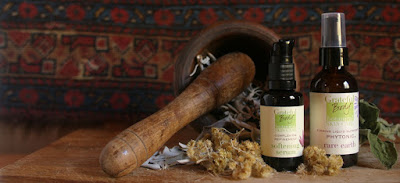
Grateful Body
This affordable, luxury skin care brand has lotions and potions for every skin type. Their eye cream works so well it actually got a rid of an eye rash I had that prescription eye cream couldn’t help. Sign up for their e-mail to get regular discounts.
Terressentials
The maker of my favorite deodorant is also one of my go-to brands for basic moisturizers and skin care. They don’t have an eye cream in their line, so I add 100% Pure Coffee Bean Caffeine Eye Cream to this regime.
Eminence
This professional spa line is truly delicious (and pricey). They have links to local spas that use their line if you’re looking for a treat. You can find most of their line for sale on Amazon. I keep this on my wish list, but don’t buy it often due to the price point.
Skin Care Tip: No matter how good a facial care system is, they each have a limited number of good-for-your-skin ingredients. One way to maximize the benefit from your skin care, is to use two completely different lines with varying ingredient mixes. Alternate them either every couple of weeks or use one regime in the morning and one the evening.
Hair Care
In an interview with Green America, I was asked what product, that I don’t carry, could I not live without. My answer was Terressentials Pure Earth Hair Wash. It’s an odd product that doesn’t invoke confidence at first glance. It’s a brown, muddy color and it doesn’t lather at all, so you really have to work it through your hair with your fingers.

I have always had dry, brittle, thin hair. Initially this product made it feel greasy and odd. Terressentials talks about a hair “detox period” when using this, and it’s true. You’ll likely not be impressed with your first “wash.” However, after a couple of weeks my hair completely changed from using this. It went from dry and brittle to soft and silky. I used to shampoo and condition my hair every other day. Now, I only use my “mud” once every 3-5 days (depending on my workout level that week) with no need for conditioner at all. My hair has never looked better, and the scents are delicious.
If you’re not quite ready to take on a whole new hair washing experience, my favorite brand of traditional shampoo before I switched was Aubrey Organics. They have a fairly clean ingredients list and enough variety for nearly any hair type. Also checkout the links in Facial and Body care, as many of them offer shampoos. While I haven’t tried any of them, I feel comfortable recommending these brands.
Soap
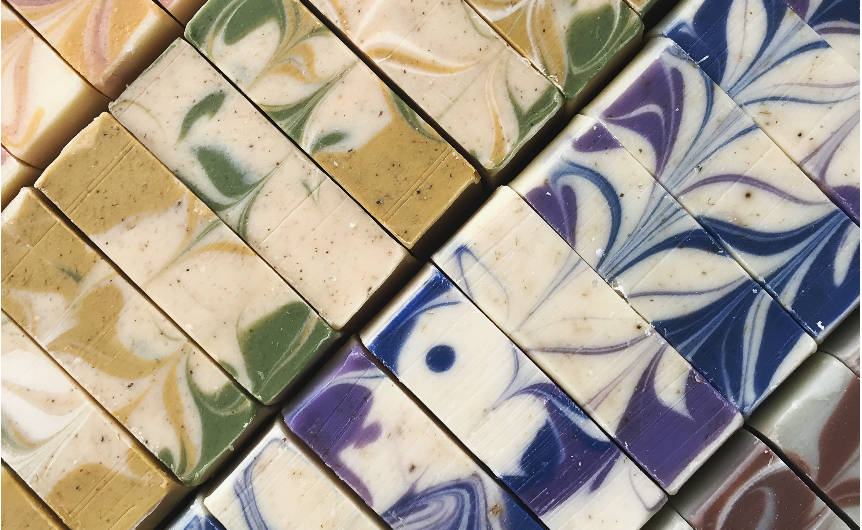
I have to admit that despite all the wonderful body washes out there, I still love a good soap. Soap is the “saponification” of an oil with a base, usually lye. Modern soaps that you purchase at a grocery store generally use either petroleum as their base oil or slaughterhouse tallow because both are very inexpensive. In addition to the environmental and animal issues, both of these oils are very drying to your skin. Almost any cold processed, vegetable oil soap scented with essential oils rather than synthetic perfumes is an infinitely better option. Jojoba and Almond Oil soaps are my favorites, though they tend to cost a tad more.
After my favorite handmade soap company went out of business, Faerie’s Dance started carrying palm-oil free, essential oil soaps in a variety of scents that are now my go-to.
Dr.Bronner’s makes a nice castile soap that’s easily found in stores if you prefer to smell your soap in person. They do use organic palm oil though.
Soap making has become a handmade cottage industry. Check your local farmers market or craft fair for cold-processed soap. This is my favorite way to buy since you can sniff them all to get a scent that speaks to you. It also supports small business and local communities.
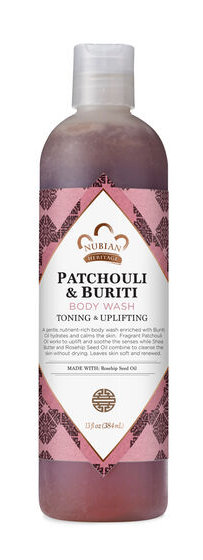
Body Care
Almost all of the brands I’ve linked above have body washes and lotions as well. I also like Nubian Heritage, particularly for their philosophy and work in underdeveloped areas. Click and explore…
Note: I have not received or been offered free products, gifts or compensation for any of the items or brands listed herein. My reviews are completely unbiased.

